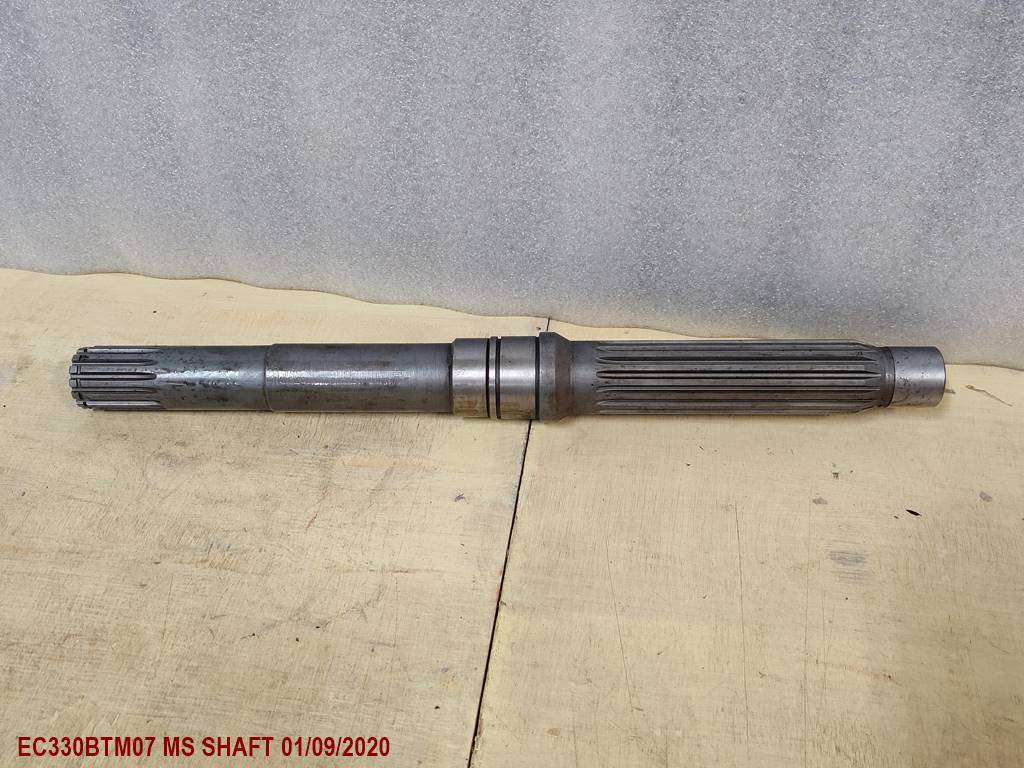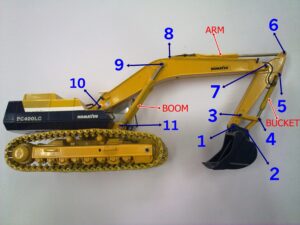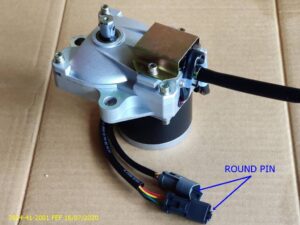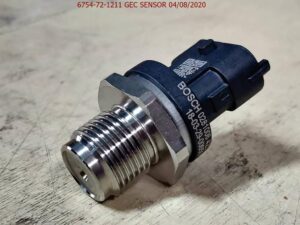The drive shaft in an excavator track device is crucial for transmitting power from the engine to the track system, ensuring efficient movement and performance. Here are five functions of the excavator track device’s drive shaft:
- Power Transmission: The drive shaft transmits power from the excavator’s engine or transmission system to the track drive mechanism (such as the sprockets), enabling the tracks to move and the machine to operate.
- Torque Delivery: The drive shaft delivers torque from the engine to the track assembly, providing the necessary force for movement, whether for straight travel, turning, or maneuvering on challenging terrain.
- Rotation of Track Components: By transferring power to the sprockets, the drive shaft enables the rotation of the tracks. This movement is essential for the excavator’s mobility, allowing it to move in various directions and perform tasks effectively.
- Load Distribution: The drive shaft helps in distributing the load of the excavator across the tracks by transmitting the engine’s power evenly to the track system, allowing the machine to handle heavy lifting and movement tasks.
- Synchronization of Track Movement: The drive shaft ensures that both sides of the excavator’s tracks move in sync, promoting balanced and stable operation. This synchronization is critical for smooth maneuvering, especially when turning or operating on uneven surfaces.
These functions are essential for the overall performance and efficiency of the excavator, allowing it to move effectively across different job sites and complete tasks with precision.




